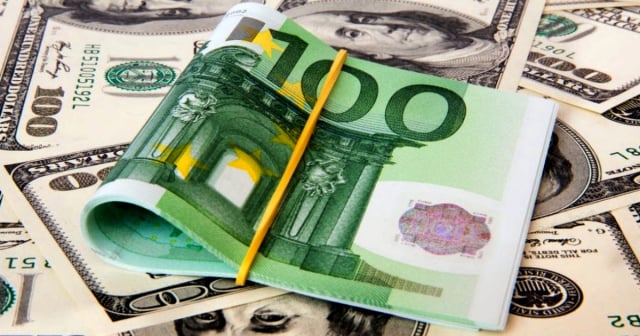He informal currency exchange market in Cuba presented this Thursday with surprising stability, marks a pause, after experiencing a historic rise in the price of foreign currencies for several days.
He American dollar It remains at a value of 380 CUP. He euro It is sold at 390 CUP and the freely convertible currency (MLC) set its price at 295 CUP.
The independent press medium elToque reports these currency exchange rates in Cuba daily. The values of the dollar and the euro are record prices set this May Day. Many Cubans remain attentive to what will happen to the irregular exchange market in the coming days.
Exchange rate today 05/02/2024 - 8:03am in Cuba:
Exchange rate from USD to CUP according to elTOQUE: 380 CUP
Euro exchange rate EUR to CUP according to elTOQUE: 390 CUP
Exchange rate from MLC to CUP according to elTOQUE: 295 CUP
Alternative exchange rate from other platforms:
Dollar (USD) exchange rate: Buy 380 CUP, Sell 381 CUP
Euro (EUR) exchange rate: Buy 391 CUP, Sell 388 CUP
MLC exchange rate: Buy 294 CUP, Sell 294 CUP
With the updated exchange rates for the Cuban peso (CUP), the costs of each US dollar (USD) and euro (EUR) bill are as follows:
Dollar (USD) to CUP:
- $1 USD = 380 CUP
- $5 USD = 1900 CUP
- $10 USD = 3800 CUP
- $20 USD = 7600 CUP
- $50 USD = 19000 CUP
- $100 USD = 38000 CUP
Euro (EUR) and CUP:
- €1 EUR = 390 CUP
- €5 EUR = 1950 CUP
- €10 EUR = 3900 CUP
- €20 EUR = 7800 CUP
- €50 EUR = 19500 CUP
- €100 EUR = 39000 CUP
Inflation in Cuba: Why is the price of currencies rising?
Over the last year, the Cuban peso has suffered an unprecedented devaluation, drastically weakening the purchasing power of citizens. This economic erosion has severely impacted both the salaries and savings of the population, deepening the economic crisis facing the country.
The persistent exchange rate instability is a clear indication of Cuba's economic difficulties, exacerbated by the absence of effective policies that can stop the depreciation of the national currency.
This problem derives largely from the inherent defects of the centralized and planned economic model of the Cuban regime.
The lack of concrete actions to stabilize the economy and raise the standard of living of Cubans not only demonstrates an economic crisis but also a leadership crisis. In this context, government management seems to prioritize ideological dogmas over the prosperity and well-being of its population.
What do you think?
COMMENTFiled in:
